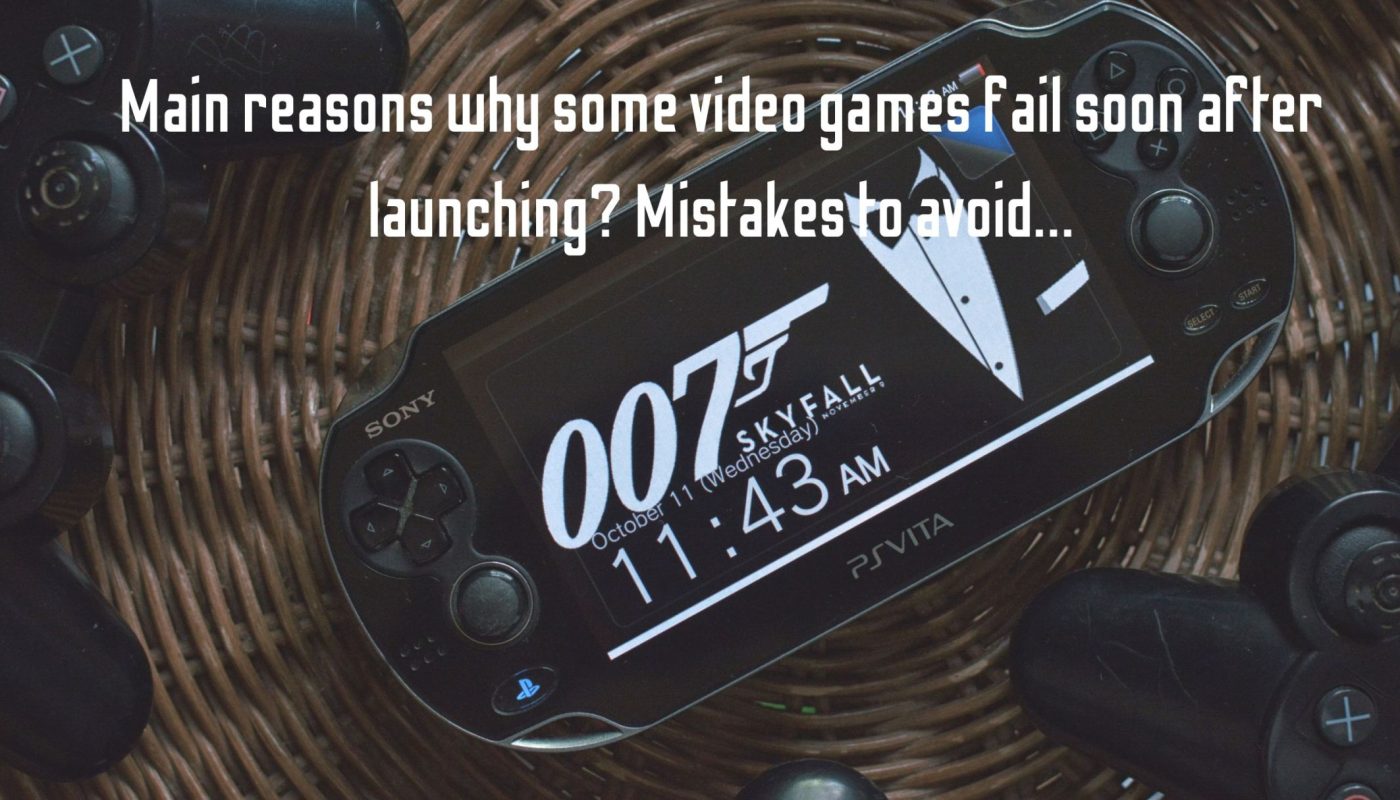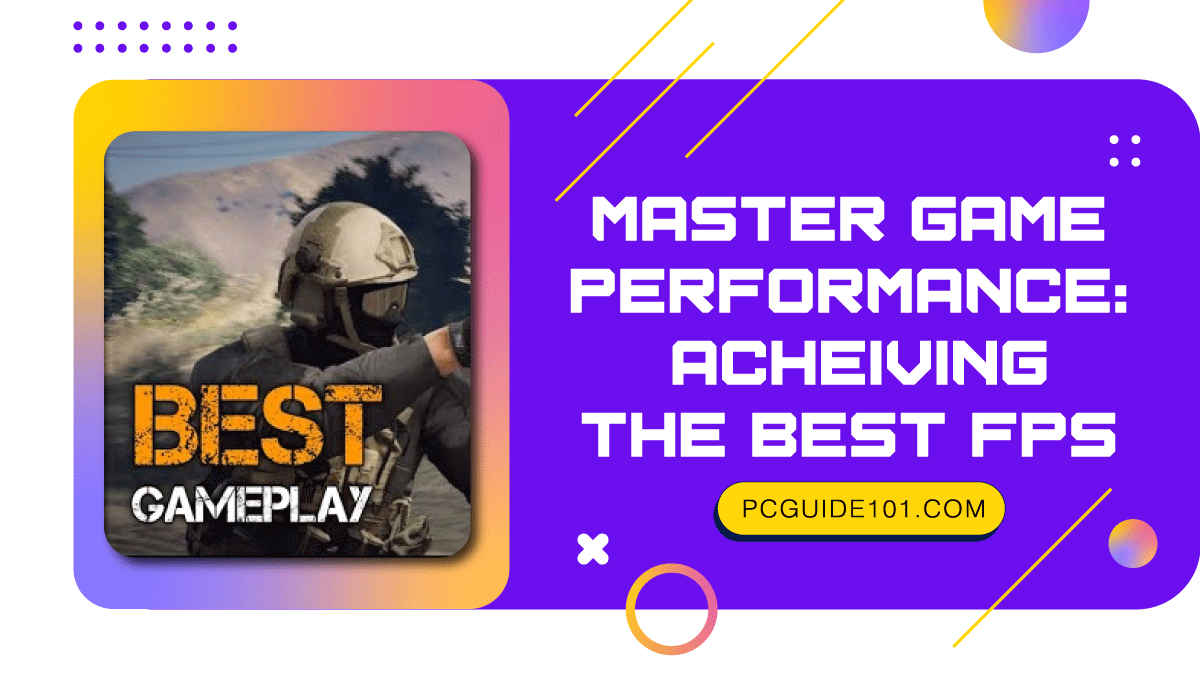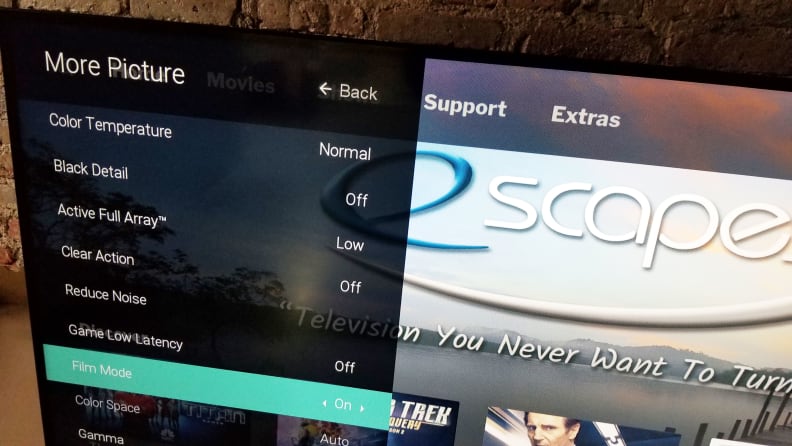Page Contents
Importance of Crosshair Placement
Crosshair placement is a critical aspect of improving aim accuracy in gaming. It involves positioning your crosshair at the right level and angle to quickly and accurately target enemies. By having proper crosshair placement, you can react faster to enemy movements, leading to more successful shots and overall better gameplay.
Tips for Effective Crosshair Placement
- Always keep your crosshair at head level: By positioning your crosshair at head level, you can ensure that your shots hit the most critical area of the enemy for maximum damage.
- Pre-aim common angles and choke points: Anticipate where enemies are likely to appear and position your crosshair accordingly to minimize the time it takes to acquire a target.
- Adjust crosshair placement based on the situation: Whether you are holding an angle, pushing, or retaking a site, make sure to adjust your crosshair placement to be ready for different scenarios.
Anticipating Enemy Movements
Proper crosshair placement not only helps you aim better but also allows you to anticipate enemy movements. By positioning your crosshair where enemies are likely to appear, you can react quickly and increase your chances of landing shots. This strategic advantage can give you the upper hand in engagements and lead to more successful outcomes in the game.
Sensitivity Settings and DPI
When it comes to improving aim in gaming, sensitivity settings and DPI play a crucial role in determining your accuracy and precision. These settings directly impact how quickly and smoothly your crosshair moves on the screen, ultimately affecting your ability to hit targets effectively.
Significance of Sensitivity Settings and DPI, Top gaming tips for better aim accuracy
Top gaming tips for better aim accuracy – Optimizing your sensitivity settings and DPI is key to achieving better aim in games. Sensitivity refers to how much your crosshair moves in response to your mouse movement, while DPI (dots per inch) measures the sensitivity of your mouse sensor.
High sensitivity settings and DPI values allow for faster crosshair movement, making it easier to track fast-moving targets. On the other hand, low sensitivity settings provide more control and precision, especially for making small adjustments and aiming accurately at long distances.
When it comes to entertainment, gaming has become a popular choice for people of all ages. Whether you enjoy action-packed adventures, strategy games, or multiplayer competitions, there is a game out there for everyone. With advancements in technology, gaming has evolved into a dynamic and immersive experience that continues to captivate players worldwide.
Low vs. High Sensitivity Settings
- Low Sensitivity:
- More precise aiming, especially for long-range shots.
- Requires larger mouse movements to turn or track targets.
- Helps with stability and consistency in aim.
- High Sensitivity:
- Allows for quick reflex shots and target tracking.
- Requires smaller mouse movements for fast reactions.
- May lead to less precise aiming, especially at longer distances.
Finding the Right Sensitivity Settings
It’s essential to find the optimal sensitivity settings that suit your playstyle and preferences. Experimenting with different sensitivity levels and DPI values can help you determine what works best for you.
When it comes to gaming , it is not just about entertainment but also about skill development and problem-solving. Whether you enjoy action-packed adventures or strategic puzzles, the world of gaming offers something for everyone. With the advancement in technology, gaming has evolved into a multi-billion dollar industry, attracting players of all ages from around the globe.
Remember, there is no one-size-fits-all approach to sensitivity settings. Take the time to adjust and fine-tune your settings until you find the perfect balance between speed and accuracy.
Practice Routines and Aim Training
Consistent practice is key to improving aim accuracy in gaming. By regularly engaging in aim training exercises, players can sharpen their skills, enhance muscle memory, and increase their overall performance in games.
Recommended Aim Training Routines
- Start with warm-up exercises to get your reflexes and hand-eye coordination ready.
- Focus on tracking moving targets to improve your precision and tracking skills.
- Practice flick shots to enhance your reaction time and quick aiming abilities.
- Utilize aim training maps in-game or third-party software to simulate real-game scenarios and improve your accuracy.
Benefits of Using Aim Training Software or Maps
Aim training software and maps provide a structured environment for players to work on their aiming skills outside of actual gameplay. These tools offer features such as target tracking, reaction time measurement, and customized settings to help players fine-tune their sensitivity and DPI for optimal performance. By incorporating aim training into their routine, players can see significant improvements in their aim accuracy and overall gameplay.
Weapon Choice and Recoil Control: Top Gaming Tips For Better Aim Accuracy
When it comes to improving your aim accuracy in gaming, selecting the right weapon and mastering recoil control are crucial factors to consider. Understanding how different weapons affect your aiming techniques and knowing how to manage recoil can greatly impact your overall performance.
Choosing the Right Weapon
- Each weapon in a game has unique characteristics such as fire rate, damage output, and recoil pattern.
- Experiment with different weapons to find one that suits your playstyle and preferences.
- Consider factors like range, accuracy, and handling when choosing a weapon for better aim accuracy.
Mastering Recoil Control
- Recoil refers to the kickback or upward movement of the weapon when firing.
- Practice controlling recoil by learning the specific recoil pattern of each weapon.
- Adjust your aim to counteract recoil by pulling down on your mouse or controller during sustained fire.
Understanding Weapon Mechanics
- Take the time to familiarize yourself with the mechanics of each weapon, such as reload time and bullet drop.
- Knowing how your weapon behaves in different situations can help you anticipate and adjust your aim for better precision.
- Stay informed about weapon updates or changes in the game to adapt your aiming strategies accordingly.





